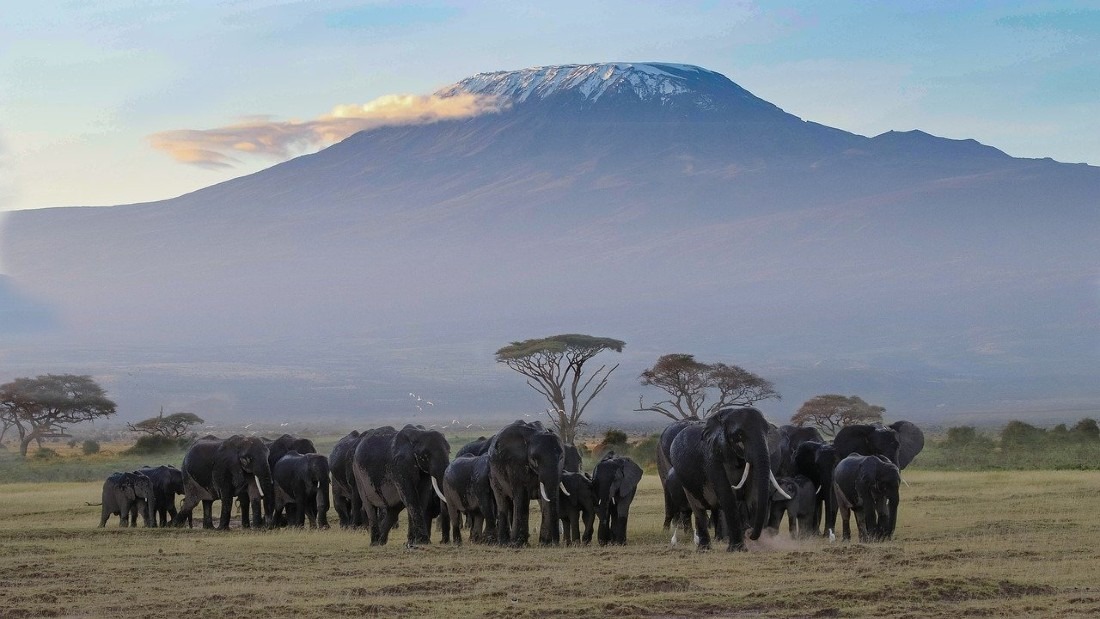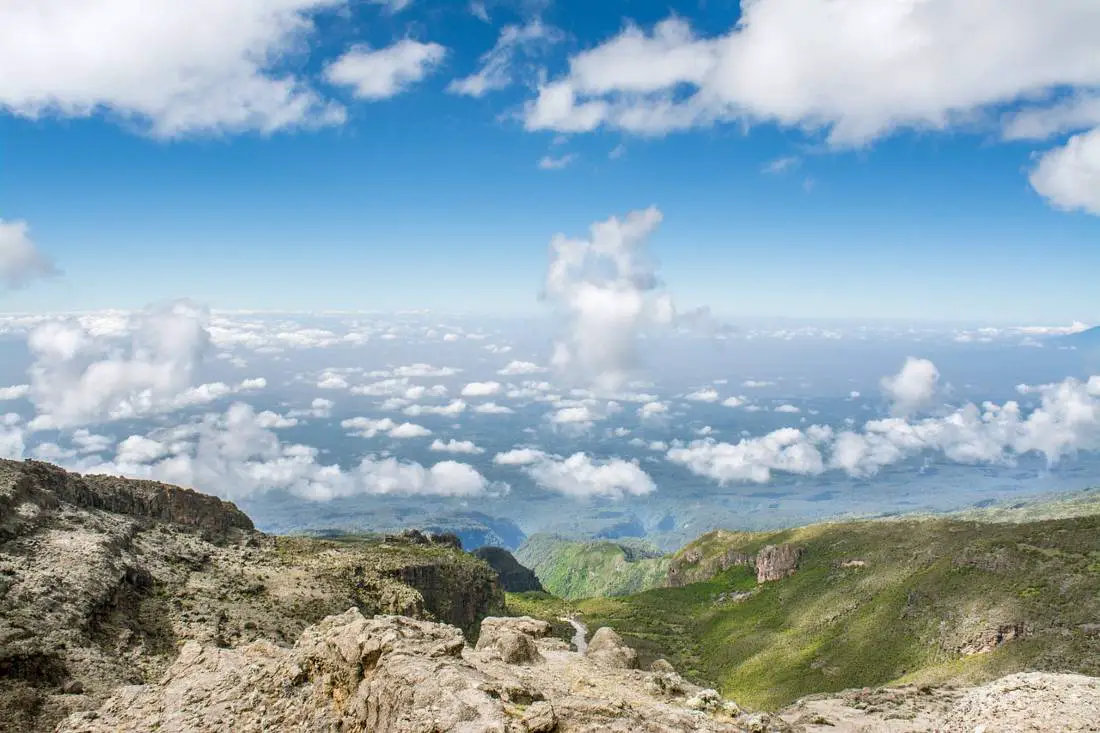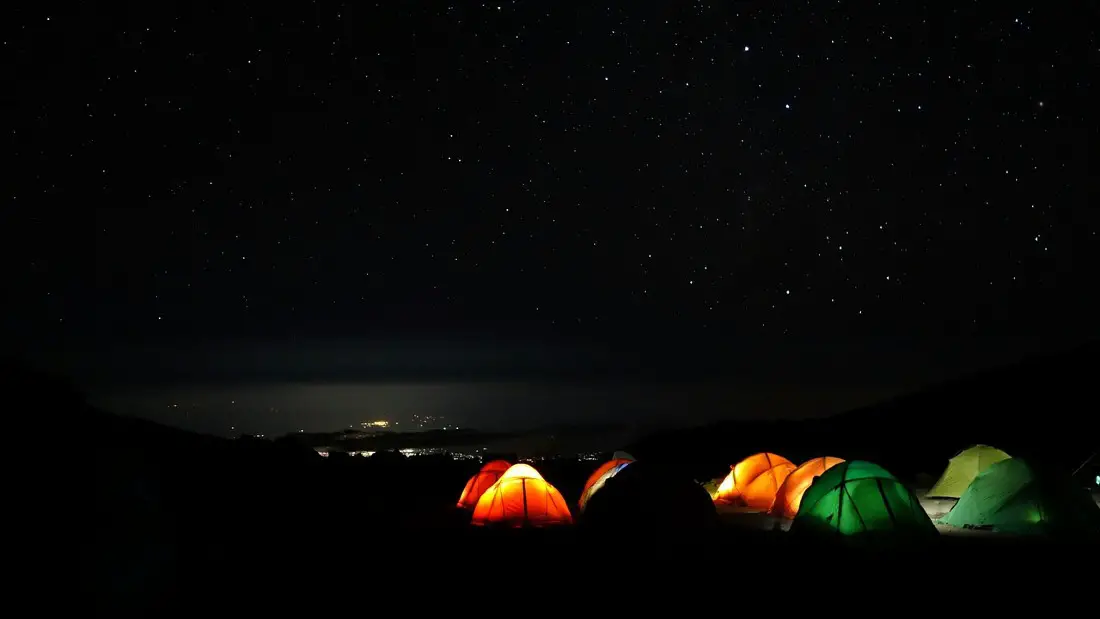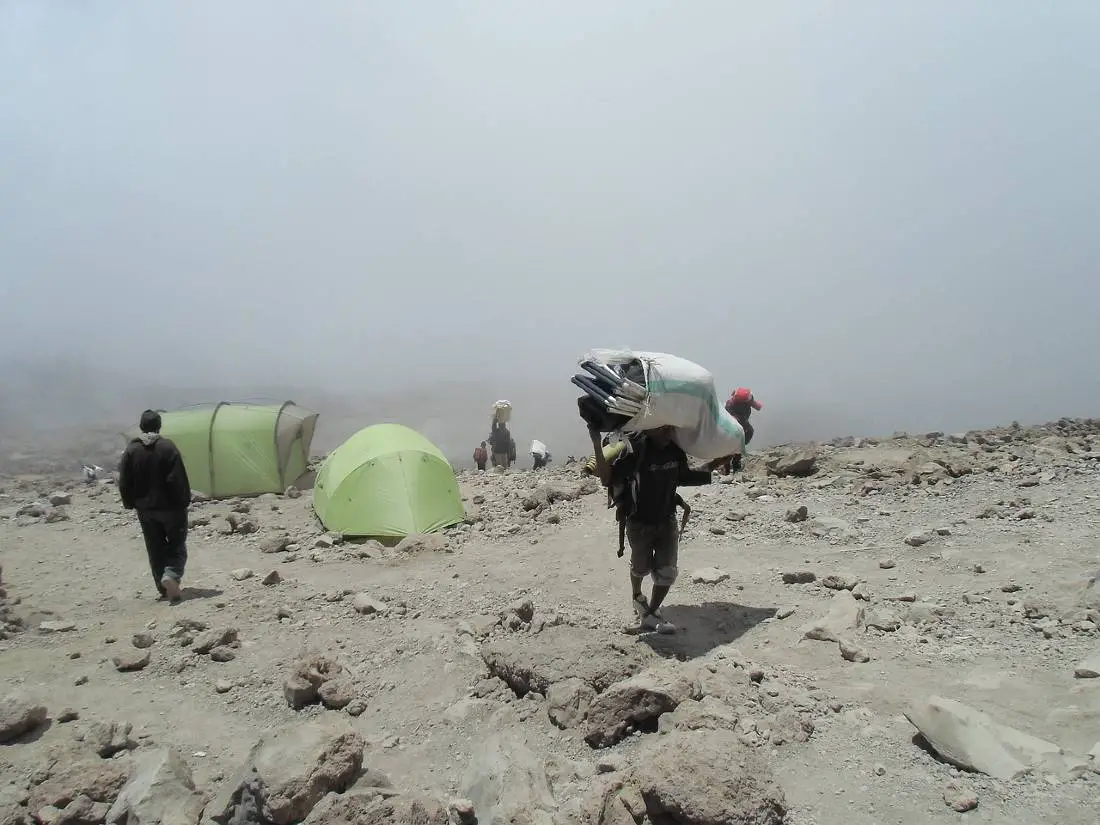This post may contain affiliate links. If you make a purchase through an affiliate link, I will earn a commission at no extra cost to you. Thanks for your support.
Get your hiking boots ready and your adventure spirits high! We are about to embark on the journey of a lifetime: climbing Mount Kilimanjaro.
But before we kickstart this adventure, you must be wondering, just how long does it take to climb Kilimanjaro? Well, this exclusive guide has got all the answers for you!

Unmasking Mount Kilimanjaro
Mount Kilimanjaro, a dormant volcano in Tanzania, beckons thousands of climbers every year. At an impressive 19,341 feet above sea level, it’s the highest peak in Africa and the world’s highest free-standing mountain.
But don’t let its towering stature intimidate you, even novice climbers can conquer this magnificent mountain with proper planning and determination.
So, How Long Does It Take To Climb Kilimanjaro?
On average, it takes about 5 to 9 days to climb Kilimanjaro. The exact duration depends on several factors, including the route you choose, your physical fitness, and how well you adjust to the altitude.
Most climbers, however, opt for the 7-day or 8-day trek to allow themselves ample time to acclimatize and enjoy the majestic scenery.
Choosing the Right Route
The route you choose can significantly influence how long it takes to climb Kilimanjaro. There are seven main routes toward the summit, each varying in difficulty, duration, and scenery.
The Marangu route, often completed in 5 or 6 days, is the shortest but also the most challenging due to less time for acclimatization. Other routes like Machame, Lemosho, and Rongai take 7 to 9 days and offer a more gradual climb, increasing the chances of success.

Preparing For the Climb
Even if you’re in the best shape of your life, don’t underestimate the importance of proper preparation. Remember, climbing Kilimanjaro is more of a marathon than a sprint. Hence, a pre-climbing training regimen consisting of cardio, strength training, and hiking can significantly boost your stamina, making your climb more enjoyable and less exhausting.
Dealing With Altitude Sickness
The higher you climb, the less oxygen the air contains, which can lead to Acute Mountain Sickness (AMS), also known as altitude sickness. Symptoms include headaches, nausea, fatigue, and dizziness.
To mitigate the effects, it’s essential to acclimatize by ascending slowly, staying well-hydrated, eating nutritious meals, and resting adequately. If you start feeling uncomfortable, remember there’s no shame in turning back. Safety should always be your number one priority.
Your Kilimanjaro Adventure Awaits
By now, you’ve probably figured out it’s not simply about how long it takes to climb Kilimanjaro, but much more about the journey itself. Yes, attempting to conquer the mighty ‘Kili’ will challenge your physical and mental strength, but the breathtaking views, personal triumphs, and unforgettable memories make it well worth the effort.
The Second Leg: Trekking and Camping
While we did touch on the routes and the average time it takes to climb Kilimanjaro in the last section, it’s time to explore the day-to-day life during the trek.
The journey isn’t just a climb – it involves daily treks, camping under the starlit skies, and being one with nature’s silence. The duration is typically divided between 4-9 hours of daily hiking, with adequate rest periods and meals interspersed.

What’s in Your Backpack?
Ever wondered what goes into the backpack of a Kilimanjaro climber? From essential clothing to food, water, medication, and sleeping gear, the list can be quite extensive.
A mindful selection of items can both assist in your successful ascent and influence how long it takes you to climb Kilimanjaro. Remember, the key is to keep your backpack light while ensuring you have everything you need!
A Rendezvous With The Flora and Fauna
If you are a nature enthusiast, the journey up Kilimanjaro is nothing short of a paradise. The mountain’s unique ecosystem hosts a wide array of flora and fauna that you’d get an opportunity to witness.
From dense tropical rainforests at the base to the barren alpine desert and the snow-capped summit – ‘Kili’ will excite the naturalist in you at every step.
The Guides and Porters: Your Guardians on the Mountain
This journey wouldn’t be possible without the unsung heroes – the local guides and porters who ensure every climber’s safety and comfort.
Their expert guidance and extensive knowledge about the terrain, weather changes, and potential health issues can help manage risks and smooth your journey. Their role significantly influences how long it takes to climb Kilimanjaro as they continually assess your pace, rest periods, and the best path to take.

Life at Camp
At the end of each day, the camp greets climbers with a well-deserved rest. A typical day at camp includes enjoying meals prepared by the camp chef – nutrition formulated for high-altitude climbers, rest and recuperation, and soaking in the brilliant landscapes.
Interacting with fellow climbers around the campfire can create eternal bonds of camaraderie, making this journey all the more special.
Summit Day: The Final Ascent
The day we all wait for. A combination of thrill, excitement, and nervousness, the summit day commences early, typically around midnight.
The reason – you reach the peak at dawn, revealing the majestic sunrise that truly is a sight for sore eyes. The final victorious step on the summit, Uhuru Peak, will forever be carved into your heart.

The Return Journey
As exhilarating as the ascent can be, the descent, too, has its unique charm. You’re given a different perspective of the landscapes you witnessed on your way up, and you also get to relive your victorious memories made during the ascent.
In conclusion, when looking at how long it takes to climb Kilimanjaro, it’s not only about counting the days. It’s about immersing wholly in the enriching experiences that come with each step.
By considering each aspect of this journey, we hope you’re now feeling more confident and excited to navigate the heights of Kilimanjaro. So, ready to lace up your boots for a journey like no other?

